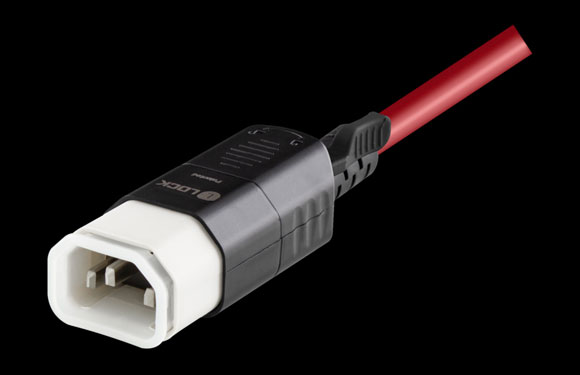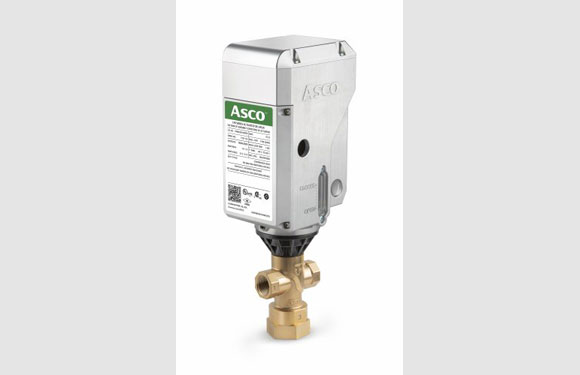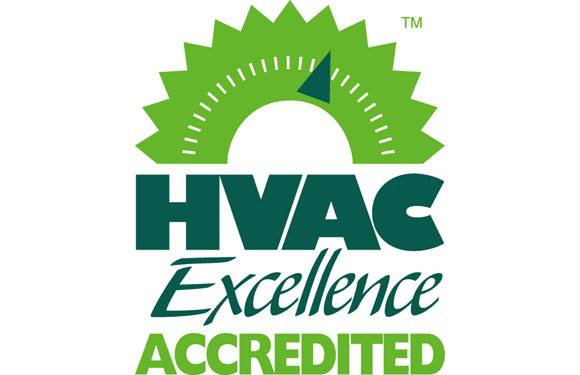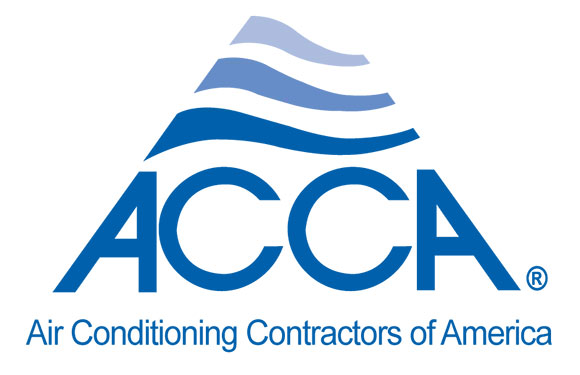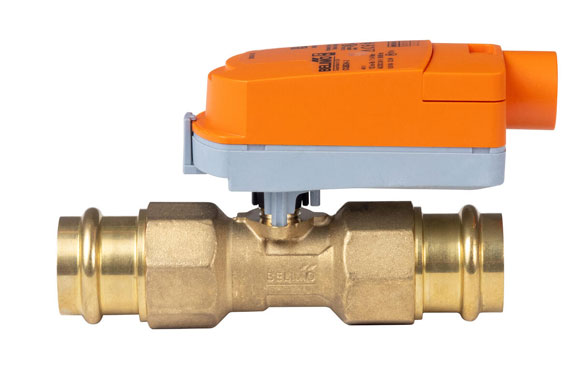
Commercial Controls, Components, Water Heating
Belimo Releases a New Press Fit Valve Assembly Series
Belimo Americas announces the release of QCV (pressure dependent) and PIQCV (pressure independent) ZoneTight zone valves with new press fit connections for fast, consistent, and reliable installation. Zone valve assemblies are designed and engineered for maximum efficiency in tight spaces and are suited for commercial buildings where higher close-off and adaptable flow are desired.
- Assemblies accommodate chilled or hot water, 60% glycol, and a body pressure rating of 250 psi
- Zero leakage ball valve design eliminates energy losses and is resistant to clogging.
- Available pressure dependent range 1/2 to 1″ and pressure independent 1/2 – 3/4″.
- Lower power consumption up to 95% less than conventional zone valves.
- Field adjustable flow to meet your design requirements.
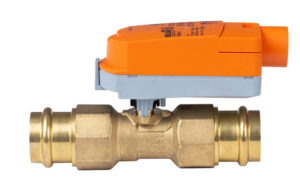
“For OEMs and contractors, these new zone valve assemblies with press fit connection provide a fast installation and energy-efficient solution. Unlike any other zone valve on the market today, the valves are field adjustable, allowing you to adjust the pressure to suit your needs,” states Russ Brown, Product Manager.
Typical applications include unit ventilators, fan coil units, VAV reheat coils, fin tubes, and radiant panels. In addition to fitting into space-restricted areas, the QCV and PIQCV are easy to assemble.
Headquartered in Switzerland, Belimo is a global market leader in developing, producing, and selling field devices for controlling heating, ventilation, and air conditioning systems. The company’s core business comprises damper actuators, control valves, sensors, meters, and gas monitors. Founded in 1975, the company has been listed on the Swiss Exchange (SIX) since 1995 and employs around 1,900 people in over 80 countries. Belimo has developed intelligent IoT-enabled devices for HVAC systems that provide valuable data for customers to improve installation and commissioning efficiency, optimize buildings more efficiently and remotely, and meet future buildings’ needs.




